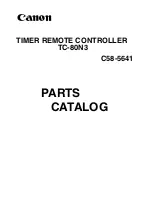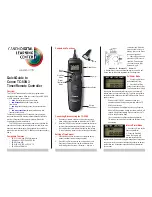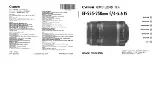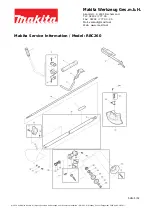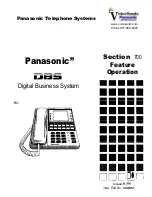
Page 2
range selection, and the other for underspeed or
overspeed detection.
The only user-serviceable components are the
replaceable relay and a 1/4A fuse.
Figure 1 – Marks
2.2
Mark
The mark creates a magnetic field that is
detected by the sense head. The standard mark
(A585A) weighs approximately 3 ounces and
measures approximately 0.6" high, 2" long, and
1.25" wide. It is to be mounted with two #8 screws
through provided holes in the assembly. A low-
profile mark (MP-2147A) is available for high-
speed applications. This mark measures
approximately 1" x 3/4", and is 3/8" high, and
mounts in a single 8-32 tapped hole.
At least one mark is required, although multiple
marks may be employed to extend the range of the
control system and increase response time. For
example, a device rotating at 15 PPM with one
mark would have a 4 second period (60/15=4),
whereas with two marks, the period would be 2
seconds. This would change the fault sensing time
from one full revolution to 1/2 of a full revolution.
Figure 2 – Sense Head
2.3
Sensing Head
The sense head is a metal-jacketed epoxy-filled
tube that contains the circuitry for detection of mark
passes. The sense head is mounted with two
protruding 1/4-20 studs, and is connected to the
control circuit board via a 10 foot shielded cable.
This cable exits the sense head through a sealtite
conduit fitting. The sense head must be mounted in
such a way that the rotating mark passes
perpendicular to the axis of the sense head, and
should be within 3/4" of the face of the mark, with
1/2" spacing recommended. Two sense heads are
available, one for low-speed applications (60 PPM
and under), and one for high-speed applications
(greater than 60 PPM).
3.0 APPLICATION INFORMATION
3.1
Speed Range
The model 250 senses three speed ranges from
15 to 3600 PPM with a single mark. The low range
setting is 15 to 60 PPM, the midrange setting is 60
to 300 PPM, and the high range setting is 300 to
3600 PPM. Range tolerances are approxi/-
10%. For slow-speed applications under 15 PPM, or
to increase response time (see 2.2, above), multiple
marks may be employed. Multiple marks may also
be used to shift an application from a point near the
top or bottom of a particular range. For example, a
device which may be designed to operate at a
nominal speed of 60 PPM, but under varying loads
may actually operate from 58-63 PPM may not
work well at either the low range setting (15-60
PPM) or the midrange setting (60-300 PPM).
However, by using two marks, the equivalent speed
would be 116 to 126 PPM, and the midrange setting
would then be a good choice. There is no theoretical
limit to the number of marks that may be used,
although practical mounting considerations usually
limits the number to 10. Using the low range
setting, that would allow a minimum operating
speed of 1.5 PPM, with a fault indication within
1/10 of a revolution. Consult the factory for special
applications assistance.
3.2
START-UP DELAY
Most machinery requires a few seconds to get up
to operating speed. If the speed sensor is operating
in an underspeed detection mode, the relay would
indicate a fault condition until the machinery was
up to minimum operating speed. A variable startup
delay feature forces the speed sensor to remain in a
non-fault condition for up to 30 seconds after
power-up, eliminating the need for external timers
to bypass the fault contacts. This startup delay may











